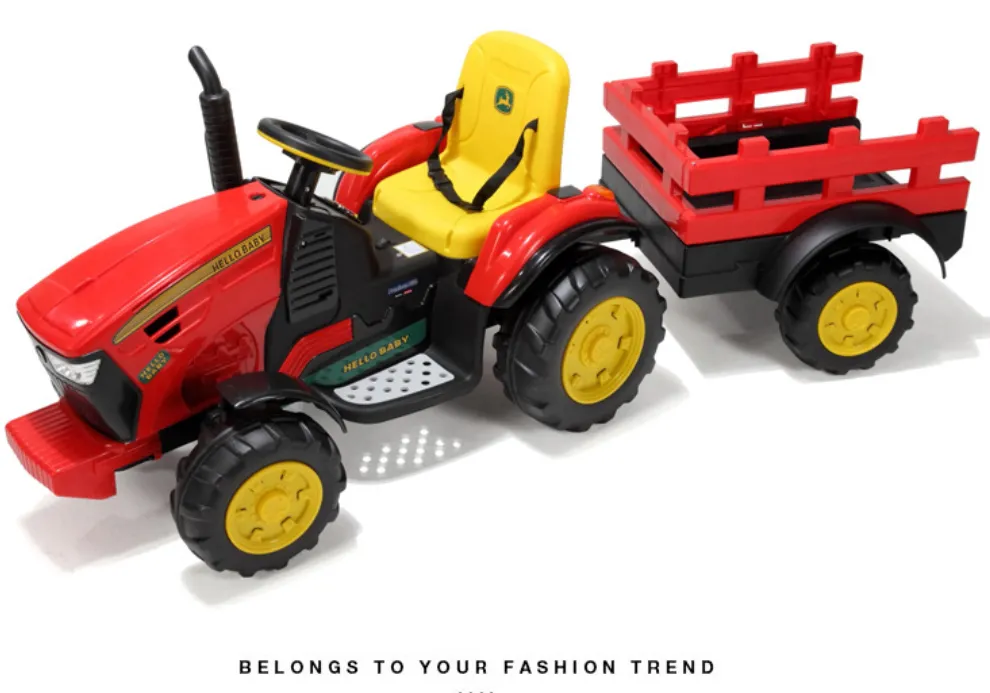8 月 . 12, 2024 13:38 Back to list
Step-by-step guide to properly installing shifters on your mountain bike for optimal performance
How to Install Mountain Bike Shifters
Installing mountain bike shifters might seem like a daunting task, especially if you're new to bike maintenance. However, with the right tools and a step-by-step guide, you can successfully install your shifters and get back on the trail in no time. This article will walk you through the process, ensuring that your bike’s shifting system operates smoothly.
Tools and Materials Needed
Before you begin the installation process, gather the necessary tools and materials. You will need
- New mountain bike shifters - A multi-tool with a screwdriver - Cable cutters - A torque wrench (optional but recommended) - Needle-nose pliers - A clean rag - Lubricant (optional) - Cable housing (if replacing)
With these tools at hand, you are ready to start installing your new shifters.
Step 1 Remove the Old Shifters
1. Detach the Old Shifters Begin by removing the old shifters from your handlebars. Most shifters are secured with a clamp. Use a screwdriver or appropriate tool to loosen and remove the screws, allowing you to slide the shifters off.
2. Unthread the Cables If you are reusing the old cables, carefully unthread them from the shifters. You may need to cut them if they are frayed or damaged. If it's easier, you can also remove the entire cable system and replace it.
3. Inspect the Cable Housing If you are replacing the cables, check the cable housings for wear and tear. If they are damaged, replace them to ensure smooth shifting.
Step 2 Install the New Shifters
how to install mountain bike shifters

1. Position the Shifters Take your new mountain bike shifters and position them on the handlebars. Ensure that they are aligned comfortably for your riding style. A good rule of thumb is to place them within easy reach of where your hands will be while riding.
2. Secure the Shifters Once in position, use the clamp to secure the shifters to the handlebars. Tighten the screws evenly to avoid misalignment. If using a torque wrench, refer to the manufacturer’s specifications for the proper torque settings.
Step 3 Attach the Cables
1. Insert the Cables Take the new cables and thread them through the shifter according to the manufacturer's instructions. Make sure that the cables are seated properly in the designated channels.
2. Route the Cables If you have replaced the cable housing, route them along the frame, ensuring that they are clear of any moving parts and don’t interfere with brakes. Use cable guides if necessary to keep everything tidy.
3. Adjust the Tension Once everything is threaded and routed, adjust the cable tension according to your needs. Most shifters have a barrel adjuster that allows you to fine-tune the tension. This adjustment is crucial for smooth shifting.
Step 4 Testing and Fine-tuning
1. Test Shifting Before heading out for a ride, test the shifting in both directions. Shift through the gears to ensure that the system operates smoothly and that there is no skipping or hesitation.
2. Fine-tune If you notice any issues, use the barrel adjuster to make slight adjustments. This step is important to ensure optimal performance, especially if you are using the bike in varied terrains.
Conclusion
With your new mountain bike shifters installed, you are now ready to hit the trails. Regular maintenance and checks will help to keep your shifting system in top shape. Remember, practice makes perfect; the more you work on your bike, the more comfortable you’ll become with the process. Happy riding!
-
The Main Application Scenarios of Mountain Bike
NewsOct.29,2024
-
Suggestions for Selecting and Maintaining Mountain Bike
NewsOct.29,2024
-
Characteristics of Kids Balance Bike
NewsOct.29,2024
-
Characteristics of Baby Stroller
NewsOct.29,2024
-
Characteristics and Advantages of Mountain Bike
NewsOct.29,2024
-
Baby Stroller Purchasing Suggestions
NewsOct.29,2024
-
Suggestions for Purchasing Kids Balance Bike
NewsOct.09,2024

